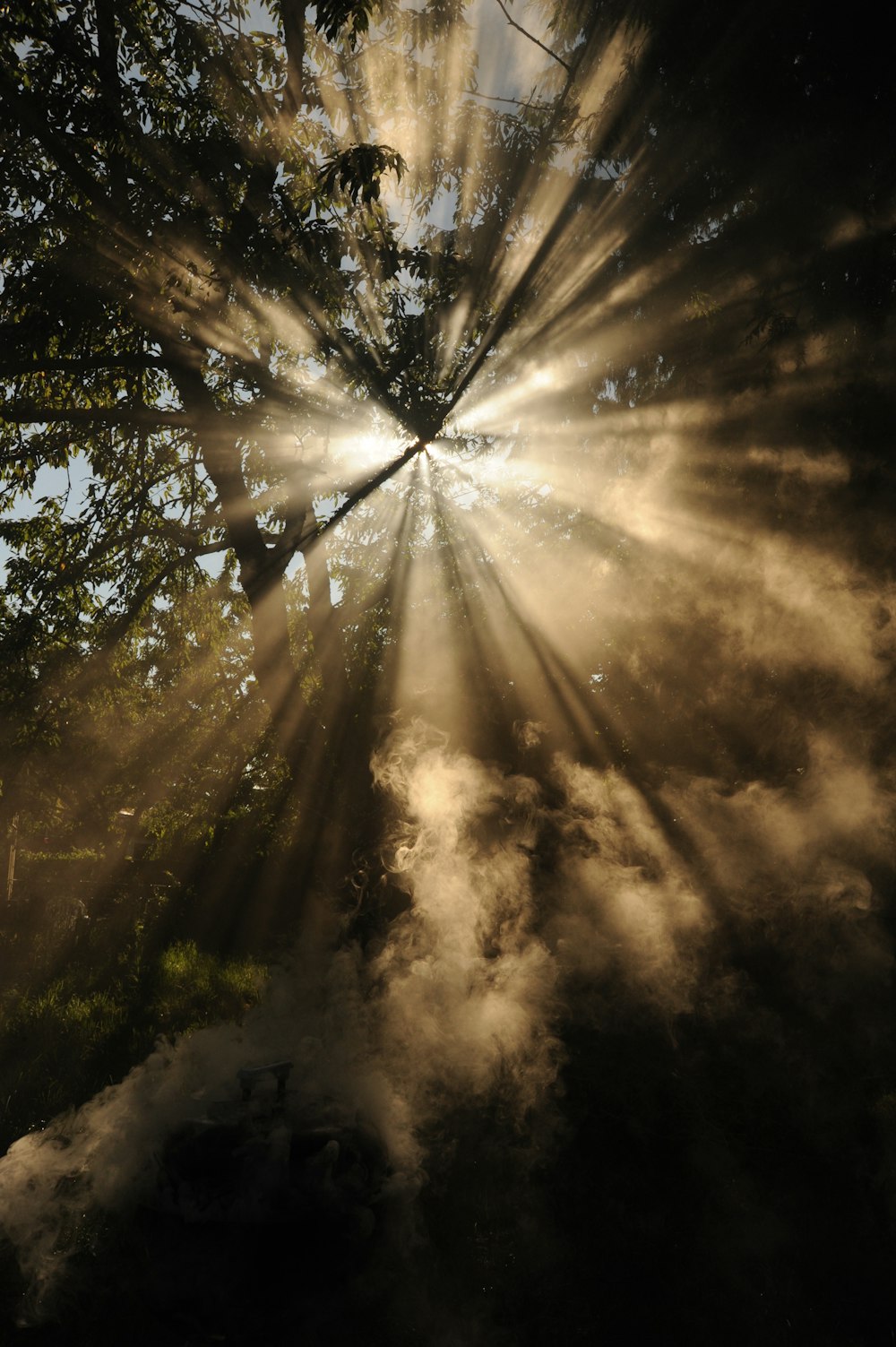
“We don’t have time for the luxury of despair,” said a recent political pundit. Because this space tries to avoid politics the source will remain anonymous. But the pundit had a point.
Despair is easy to come by these days. Even if you’re not just a teeny bit worried about the future of democracy, or the loss of civility in today’s world, or fill in the blank: (homelessness) (pollution) (nuclear weapons) (immigration) (gas prices) (prejudice) (create your own fill-in) – despair hunkers down behind every one of them. And if none of those get to you, roam around California for a while and consider the thought of one errant spark sending the state up in flames. Planetary extinction can sometimes out-despair everything else you can come up with.
The anti-despair forces point out that it is a crippling state of being, that nothing changes if we the despairing are pulling the covers over our heads, as we are some days inclined to do. Luxuriating in despair is the coward’s excuse for inaction, they say, a surrender to the bad guys. OK, we say from underneath the pillow, go tell that to (fill in the blank.)
As it turns out, though, there is an anti-despair mechanism lurking within most of us. It’s called hope. I got that word straight from Rev. Marci Auld Glass. After writing the above first two paragraphs on a Saturday night, my friend Marci threw out an unsolicited follow up on Sunday morning. “We’re wondering if we can hope,” she said (from the pulpit, for goodness’ sake) “because we are exhausted by despair. But we are not in the despair business, we are in the hope business.” The message here was obviously for me to go home and finish this essay.
On Monday afternoon, a sentence or two farther along, the mail arrived. It bore this word from my friend Ally McKinney of Justice Revival. “The political violence of January 6th surprised me,” it began, “but it did not steal my hope.” Imagine. Among other things, Justice Revival is working to get the Equal Rights Amendment to the Constitution formally adopted. You thought the Equal Rights Amendment was a done deal? Actually, no. It’s been ratified by the required 38 states, but women (to cite one category of humankind) still have no constitutionally guaranteed equality here. Anyone working to finish a bill proposed to Congress in 1923, reworded in 1943 and first sent to the states for ratification in 1972 – who is still hopeful – that says a lot for hope.
Despair gets lonely; groups offer hope. Here’s where I find hope, in addition to the above: Climate One. Greenbelt Alliance. Trust for Public Land. Doctors Without Borders. Ploughshares Fund. Fill in your own nonprofit blanks. Throw in a little music and art and the ancient Sequoias still standing despite the drought and hope begins to win out.
“Even if I knew that tomorrow the world would go to pieces,” Martin Luther said, “I would still plant my apple tree.” Maybe we should all go out and plant a tree.


